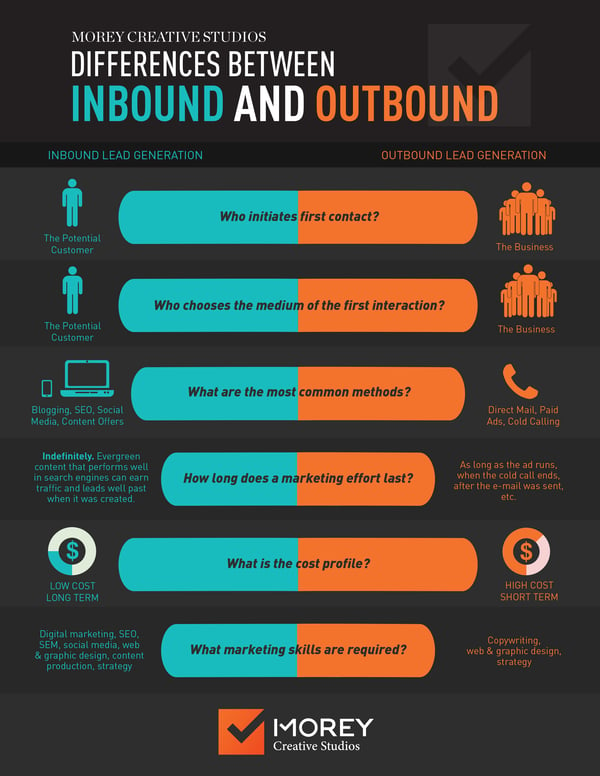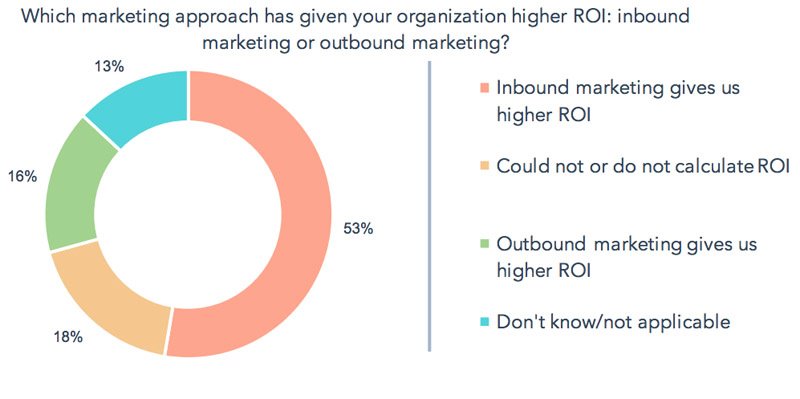Uncover the mystery behind SEO and Inbound Marketing and discover which strategy will take your online presence to new heights.

Image courtesy of via DALL-E 3
Table of Contents
In today’s digital world, websites play a crucial role in reaching out to customers and promoting businesses. Two important strategies that help websites succeed are SEO and inbound marketing. Both SEO and inbound marketing are essential for driving traffic to websites, but they differ in their approach to achieving this goal. Understanding the differences between SEO and inbound marketing is key to implementing the right strategy for your website.
What is SEO?
SEO, which stands for Search Engine Optimization, is the practice of optimizing a website to rank higher in search engine results. When a website is properly optimized for SEO, it is more likely to appear at the top of search engine results when users search for relevant keywords.
What is Inbound Marketing?
Inbound marketing is a strategy that focuses on attracting visitors to a website by creating valuable and engaging content. Instead of reaching out to potential customers directly, inbound marketing aims to draw them in by providing helpful information and resources.
Why Compare Them?
It is important to compare SEO and inbound marketing to understand their unique strengths and weaknesses. By knowing the differences between these two strategies, website owners can make informed decisions about which approach will be most effective for achieving their marketing goals.
Understanding SEO
Search Engine Optimization, or SEO, is a crucial aspect of digital marketing. It is the process of optimizing a website to improve its visibility on search engine results pages. Let’s dive deeper into the basics of SEO to understand how it works and why it is essential for websites.
How Search Engines Work
Search engines like Google use complex algorithms to crawl and index web pages. These algorithms consider various factors such as keywords, content quality, and backlinks to rank websites based on their relevance to a user’s search query. By optimizing your website according to these factors, you can improve its chances of appearing higher in search results.
Keywords in SEO
Keywords are specific terms or phrases that users type into search engines to find relevant information. By incorporating relevant keywords in your website content, meta tags, and URLs, you can signal to search engines that your site is pertinent to those queries. This helps your website rank higher and attract more organic traffic.
On-Page SEO
On-page SEO involves optimizing the content and HTML code of individual web pages to improve their search engine visibility. This includes creating high-quality content, using relevant keywords, optimizing title tags and meta descriptions, and ensuring a user-friendly website structure. These optimizations make it easier for search engines to understand and rank your site appropriately.
Off-Page SEO
Off-page SEO refers to strategies implemented outside of your website to improve its search engine ranking. This includes building backlinks from reputable websites, engaging with social media platforms, and generating positive reviews and mentions online. These external factors signal to search engines that your website is trustworthy and authoritative, leading to better rankings.
Understanding Inbound Marketing
When we talk about inbound marketing, we’re talking about a way to attract visitors to a website by providing them with interesting and helpful content. Think of it as creating a magnet that draws people in because they find value in what you have to offer.
Creating Valuable Content
One of the key components of inbound marketing is creating valuable content. This can take many forms, such as blog posts, videos, infographics, and more. By providing content that is helpful and informative, you can attract visitors who are interested in what you have to say.
Sharing on Social Media
Another important aspect of inbound marketing is sharing your content on social media platforms like Facebook, Instagram, or Twitter. By reaching out to your audience where they already spend time, you can draw them to your website and engage with them in meaningful ways.
Email Marketing
Lastly, email marketing plays a crucial role in inbound marketing. By sending out regular emails with valuable information or offers to your subscribers, you can keep them engaged and coming back to your website for more.
Key Differences Between SEO and Inbound Marketing
SEO and inbound marketing are both essential strategies for websites to attract visitors and improve their online presence. However, they differ in their approaches and tactics. Let’s explore the key differences between SEO and inbound marketing to understand how they work.

Image courtesy of seagulladvertising.com via Google Images
1. Focus and Purpose
SEO, or Search Engine Optimization, focuses on optimizing a website’s content and structure to rank higher in search engine results. The main goal of SEO is to increase organic traffic to a website by improving its visibility on search engines like Google.
In contrast, inbound marketing is about attracting visitors to a website through valuable and engaging content. It aims to build relationships with potential customers by providing them with helpful information and solutions to their problems.
2. Strategy and Implementation
SEO primarily involves keyword research, on-page optimization, and link building to improve a website’s search engine ranking. It requires technical knowledge and continuous monitoring of search engine algorithms to stay relevant.
On the other hand, inbound marketing relies on creating high-quality content, sharing it on social media, and engaging with the audience to drive traffic and build trust. It focuses on nurturing leads through personalized interactions and content distribution.
3. Longevity and Results
SEO is a long-term strategy that requires consistent efforts to maintain and improve a website’s search ranking. It may take time to see significant results, but a well-optimized website can generate continuous organic traffic over time.
Inbound marketing, on the other hand, can deliver quicker results in terms of lead generation and customer engagement. By providing valuable content and engaging with the audience, inbound marketing can create immediate connections and drive conversions.
By understanding these key differences between SEO and inbound marketing, website owners and marketers can choose the right strategy or a combination of both to achieve their online marketing goals.
How SEO and Inbound Marketing Work Together
SEO and inbound marketing may seem like two separate entities, but they actually work hand in hand to boost a website’s visibility and attract more visitors. SEO focuses on optimizing the website to rank higher in search results, while inbound marketing aims to attract and engage visitors with valuable content.
The Synergy Between SEO and Inbound Marketing
When SEO and inbound marketing strategies are combined, they create a powerful synergy that can supercharge a website’s online presence. By optimizing the website with the right keywords and quality content, SEO helps attract organic traffic. At the same time, inbound marketing strategies like creating valuable blog posts, videos, and social media sharing ensure that the visitors are engaged and compelled to explore further.
Maximizing Results Through a Combined Strategy
SEO and inbound marketing complement each other perfectly. While SEO helps drive traffic to the website, inbound marketing ensures that this traffic converts into leads and customers. By utilizing both strategies, websites can maximize their online visibility, attract a targeted audience, and ultimately increase their conversion rates.
By understanding how SEO and inbound marketing work together, website owners and marketers can create a unified strategy that optimizes their online presence and drives meaningful results.
Benefits of SEO
One major benefit of using SEO for your website is the increase in website traffic. By optimizing your content and website structure, you can rank higher in search engine results pages, making it more likely for users to click on your website link.

Image courtesy of www.firstpagestrategy.com via Google Images
Enhanced Credibility
Another advantage of SEO is the boost in credibility it provides to your website. When your website appears at the top of search results, users tend to trust that your content is relevant and reliable, which can help establish your website as a credible source in your industry.
Improved User Experience
SEO also focuses on improving the user experience of your website visitors. By optimizing your site’s speed, mobile-friendliness, and overall usability, you can provide a better experience for users, keeping them engaged and more likely to return to your website in the future.
Understanding SEO and Inbound Marketing
Why Compare Them?
It’s important to understand the difference between SEO and inbound marketing so that websites can choose the right strategy to attract more visitors. While both are essential for online success, they have distinct approaches that cater to different aspects of digital marketing.
What is SEO?
SEO, which stands for Search Engine Optimization, is the practice of optimizing a website to appear at the top of search engine results. This is crucial because most people tend to click on the first few results that show up when they search for something online. By using SEO techniques, websites can increase their visibility and attract more organic traffic.
What is Inbound Marketing?
Inbound marketing is all about attracting visitors to a website by providing valuable and engaging content. Instead of interrupting potential customers with intrusive ads, inbound marketing focuses on creating content that people are actively searching for. This can include blog posts, videos, infographics, and more, all designed to educate and entertain the audience.







